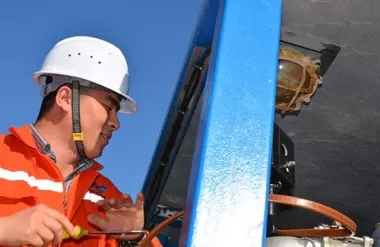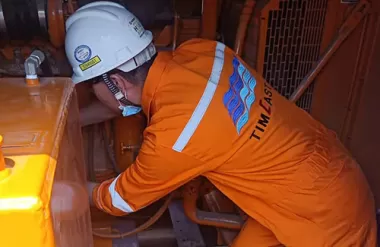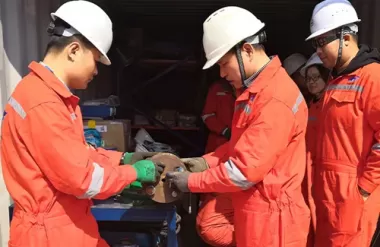Mar. 31, 2023
Electrical heat tracing is a process that involves the use of electrically powered heating elements to maintain or raise the temperature of pipelines, vessels, and other equipment. This technology has a wide range of applications in various industries, including oil and gas, chemical, pharmaceutical, food processing, and more. In this article, we will explore some of the common applications of electrical heat tracing.
One of the primary applications of electrical heat tracing is freeze protection. This is particularly important in areas where the temperature drops below freezing, and pipes and other equipment are at risk of damage from ice formation. By using electrical heat tracing, it is possible to maintain the temperature of pipes and equipment at a level that prevents the formation of ice, thus avoiding costly downtime and repairs.
Another important application of electrical heat tracing is the maintenance of process temperatures. In many industries, it is necessary to maintain a specific temperature range in order to achieve the desired production output or to ensure product quality. Electrical heat tracing can be used to maintain process temperatures in pipes, vessels, tanks, and other equipment, ensuring that the desired temperature is maintained throughout the process.
In addition to maintaining process temperatures, electrical heat tracing can also be used to increase the temperature of fluids or materials. This is particularly useful in processes such as viscosity reduction or chemical reactions, where an increase in temperature can improve the efficiency of the process. Electrical heat tracing can be used to heat the pipes or vessels containing the material, raising its temperature to the desired level.
Electrical Heat Tracing Business
Another application of electrical heat tracing is snow melting. In areas with heavy snowfall, it is often necessary to clear snow from walkways, driveways, and other areas to ensure safe access. Electrical heat tracing can be used to melt snow and ice, preventing the need for manual snow removal or the use of chemicals that can be harmful to the environment.
In addition to snow melting, electrical heat tracing can also be used to de-ice roofs and gutters. Ice dams can form on roofs and gutters, causing damage to the roof and potentially leading to leaks. By using electrical heat tracing, it is possible to melt the ice and prevent the formation of ice dams.
In industries such as oil and gas, it is common to store liquids in tanks. However, in cold weather, the temperature of the liquid can drop below the desired level, affecting the quality of the product. Electrical heat tracing can be used to heat the tanks and maintain the temperature of the liquid at the desired level.
Electrical Heat Tracing Business
Instruments and sensors used in various industries, including oil and gas, chemical, and pharmaceutical, can be susceptible to freezing in cold weather. Electrical heat tracing can be used to maintain the temperature of these instruments, preventing damage and ensuring that accurate readings are obtained.
Piping systems in industries such as chemical and pharmaceutical are often subjected to a wide range of temperatures, pressures, and chemical reactions. Electrical heat tracing can be used to maintain the temperature of the piping system, preventing damage and ensuring that the process is efficient and effective.
In the construction industry, electrical heat tracing can be used to heat asphalt, making it easier to work with and ensuring that it is applied at the correct temperature. This can improve the quality of the asphalt and reduce the amount of time required for the construction process.
In addition to tank heating, electric heat tracing can also be used to insulate storage tanks. This can help prevent heat loss from the tank, reduce energy consumption, and ensure the temperature of the liquid inside the tank.
TimEast Sub-sea Pipeline Testing and Service perform process and pipeline pre-commissioning and commissioning service, include process service such as flange management, helium nitrogen leakage test , chemical cleaning etc.; Pipeline service for deep water hydro-test, pipeline integrity etc. and decommissioning service.
In addition, TimEast provides EPC service of Electrical Heat-Tracing system consisting of system design, material selection & supply, installation and energizing. If your are interest in our service, please email us directly at dorothy.yang@timeast.com.cn. We are more than happy to answering your questions.
Dec. 12, 2023
The Basics of Electric Heat Trace Technology In the world of industrial processes and temperature control, Electric Heat Trace (EHT) technology plays a crucial role.Nov. 23, 2023
Performing a Leak Test: Step-by-Step Guide A leak test is a crucial procedure to ensure the integrity of a system and identify potential leaks in pipes, joints, or containers.Nov. 08, 2023
Main Steps of a Flange Management Procedure Flange management is a critical aspect of maintaining the integrity and reliability of piping systems in various industries.

